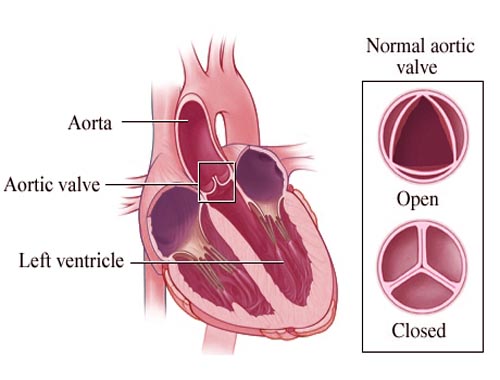Prosthetic Heart Valve Hemolysis
Prosthetic heart valves are associated with a variety of complications: Structural deterioration, particularly with bioprosthetic valves; Valve obstruction due to thrombosis or pannus formation; Systemic embolization Bleeding; Endocarditis and other infections; Left ventricular systolic dysfunction, which may be preexisting; Hemolytic anemia - Hemolysis; Doctors call the red blood cells breaking apart "hemolysis". It happens because blood cells are missing a protein that protects them from body's immune system. When red blood cells break apart, the hemoglobin inside them is released. Hemoglobin is the red part of red blood cells. Its job is to carry oxygen around the body. Hemolytic anemia, due to mechanical damage, is seen more commonly with prosthetic mechanical heart valves than with bioprosthetic valves. Among patients with prosthetic mitral regurgitation, hemolysis is associated with rapid acceleration and deceleration of the regurgitant jet and-or high peak shear rates. Hemolysis is usually mild and subclinical, but is severe in up to 15 percent of patients with certain prostheses, such as ball-cage and bileaflet valves, or those with paravalvular regurgitation. It is uncommon with tissue valves, although hemolytic anemia may be the initial presentation of porcine valve failure. Presenting features may be subtle and include anemia, heart failure, jaundice, dark urine, increasing serum lactate dehydrogenase, and a new or changed regurgitant murmur. The peripheral smear shows variable numbers of schistocytes and smaller red cell fragments. Oral iron replacement is effective in the majority of patients, although transfusion may be required; in occasional patients, the administration of recombinant human erythropoietin may eliminate the need for transfusion. Reoperation may be required, especially if hemolysis is due to regurgitation from a paravalvular leak or valve failure.
